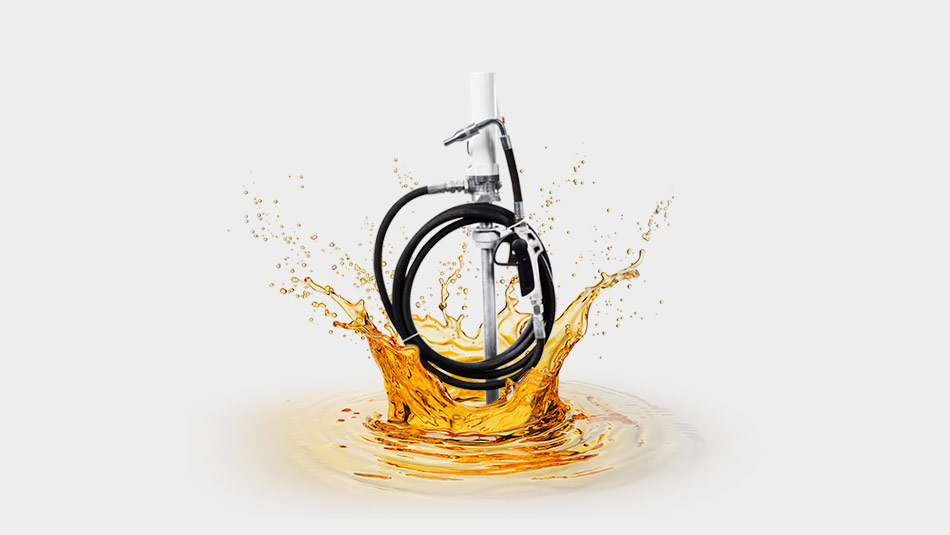How do pneumatic piston pumps work? What are their advantages and drawbacks?

Everything you need to know about pneumatic piston pumps
Pneumatic piston pumps are used for numerous industrial applications. They enable the transfer of all sorts of fluids and greases.
Presentation of a high-pressure dual-action hydraulic pump.
Need advice?
Our team of experts is here to help you.
You can contact us via a simple click:
The operating principle of pneumatic piston pumps
Whereas electric pumps run on electrical energy, pneumatic pumps use compressed air.
The pneumatic motor operates on the principle of self-regulation.
The mechanism of these priming pumps operates in two phases: the suction of the fluid in a container, can, drum, tank, etc., followed by discharge.
To understand this more easily, the operating principle of these pumps is comparable to that of a bicycle pump or a syringe.
It is necessary to distinguish between two types of pneumatic pumps: single- or double-diaphragm pumps and piston pumps.
The principle of the piston pump is to increase pressure to suck in and transfer fluids with different viscosities.
What are the characteristics of pneumatic piston pumps?
The main characteristic of these pumps is that they operate at high pressure. The piston size determines the pump's flow rate, expressed in grammes or litres per minute. The pressure in bars depends on the power of the motor and the air pressure at the motor inlet. These indications are always given in the technical specifications. This capacity to increase pressure is particularly suitable for certain fluids: oils, fatty products, highly viscous fluids, greases (requiring the use of a follower plate), etc.
There are 2 models:
Pneumatic 2-ball and 4-ball piston pumps
These transfer pumps are used with low- to average-viscosity fluids. Hydraulic 4-ball pumps offer higher pump flow rates. They are thus ideal for the transfer of large volumes.
Valve or extrusion pumps
They are used to pump thicker and more viscous fluids:
- Greases, engine oil, lubricants, etc.
- Chemical products: adhesives, glues, sealants, solvents, etc.
These units can be completed with accessories: pressure regulator, maintenance trolley, follower plate, delivery gun with flexible nozzle, digital meter, etc.
What are the advantages and drawbacks of these transfer pumps?
These compact hydraulic pumps are easy to install and their ease-of-use is a real advantage, not to mention their durability.
Highly resistant to corrosion, their motors operate without grease and the pneumatic components require minimal maintenance. The risks of failure and wear are thus very limited.
Pneumatic pressure is compatible with the transfer of viscous, very thick and even pasty liquids. These pumps are often used in agriculture, the chemical industry, mining operations, car dealerships, etc.
As they can reach very high pressure, they allow very great discharge lengths. Our pumps are all equipped with a flexible 4 metre hose or an optional 10-metre connection. We can provide greater lengths on request.
Although these pumps have many qualities, you should be aware of their constraints:
- In order to operate, it is essential to provide a compressor to supply the pumps with compressed air.
- If the valve at the discharge outlet of one of these pumps should break, the device will continue to operate. It will thus be necessary to stop the machine manually.
